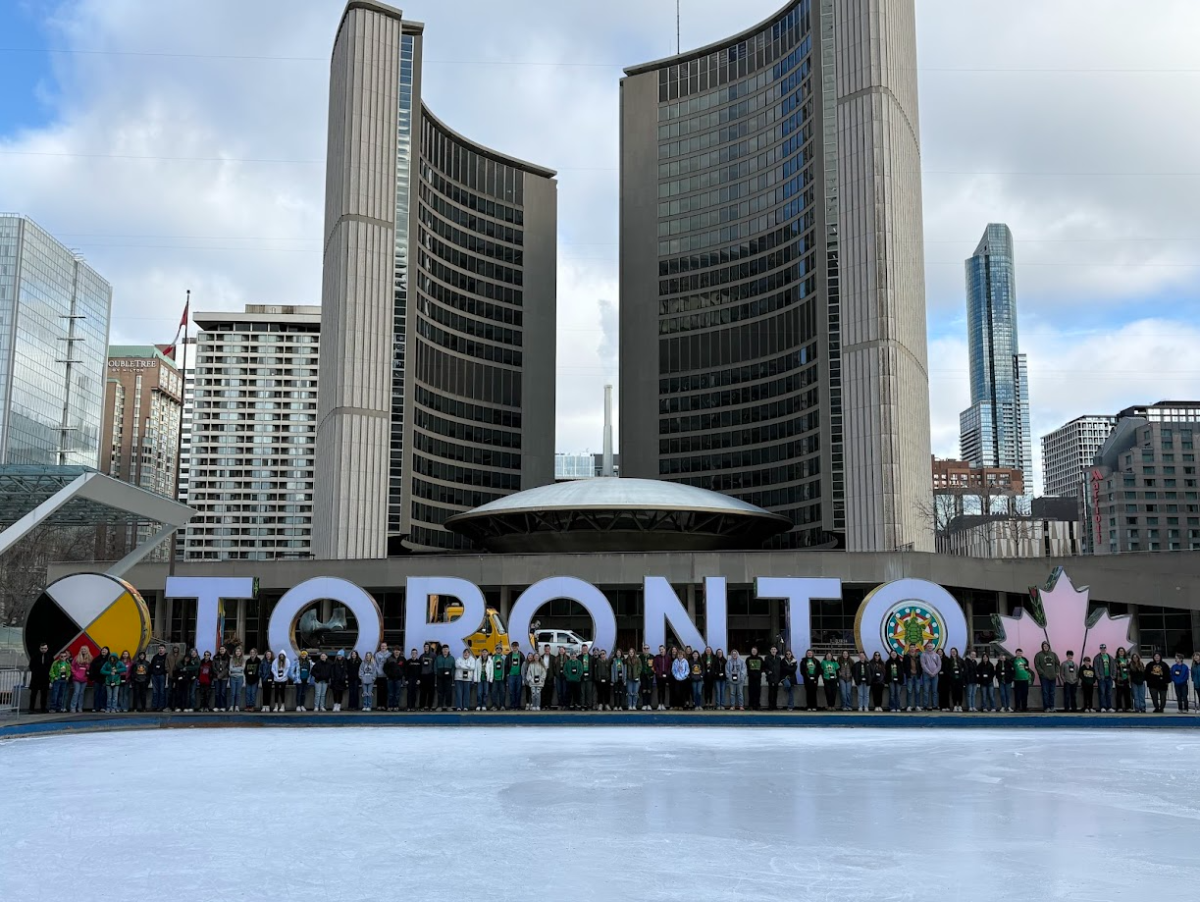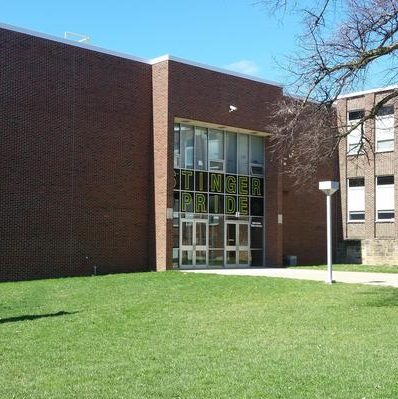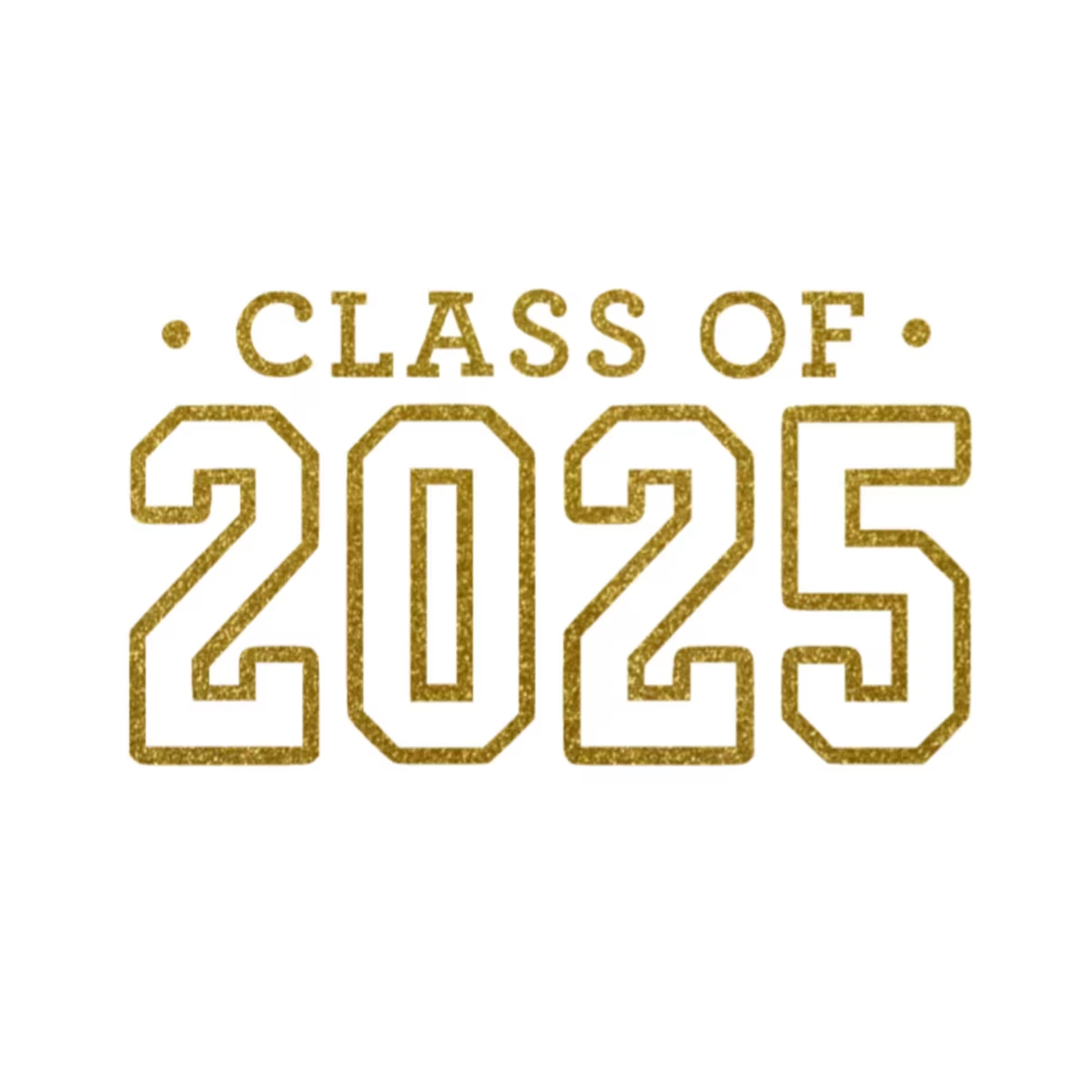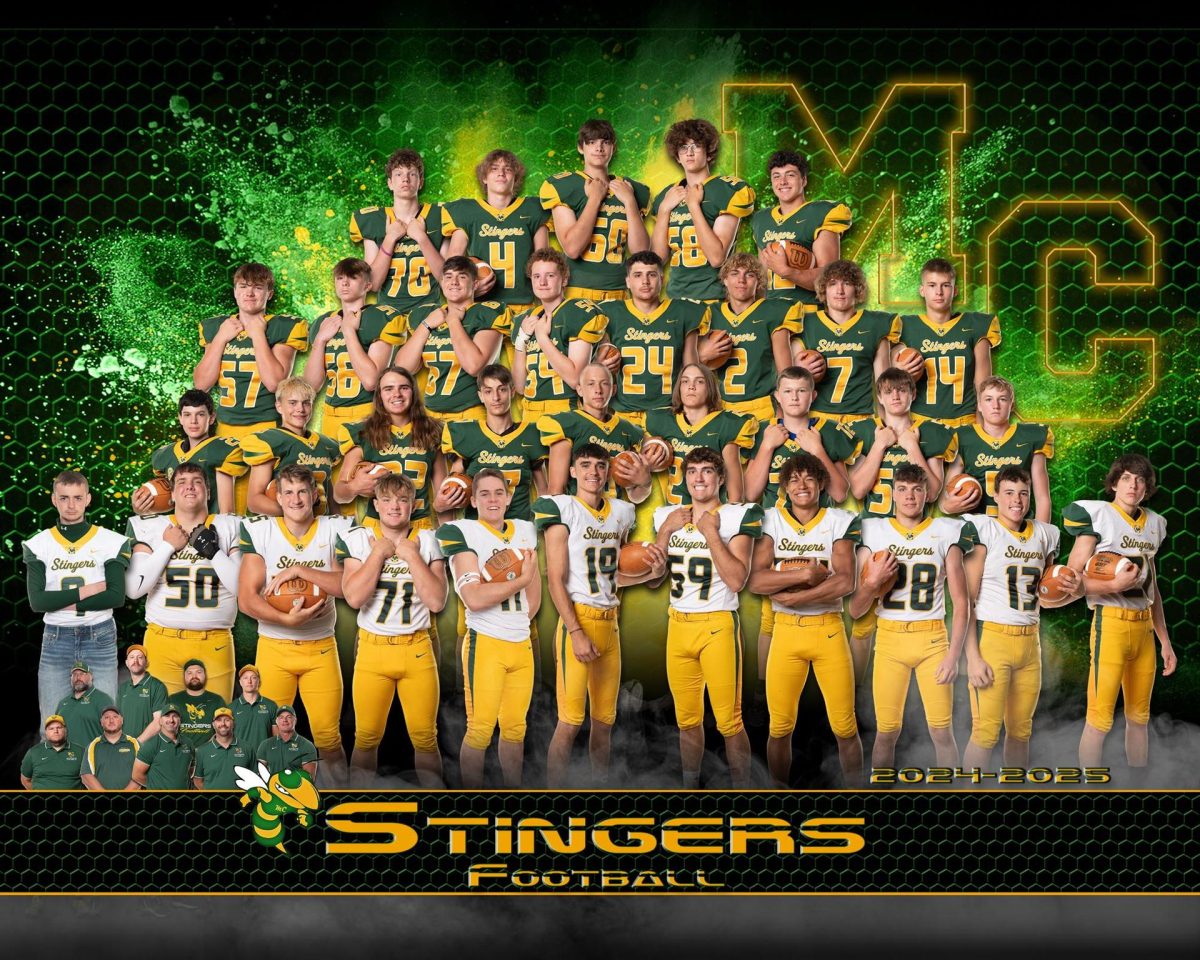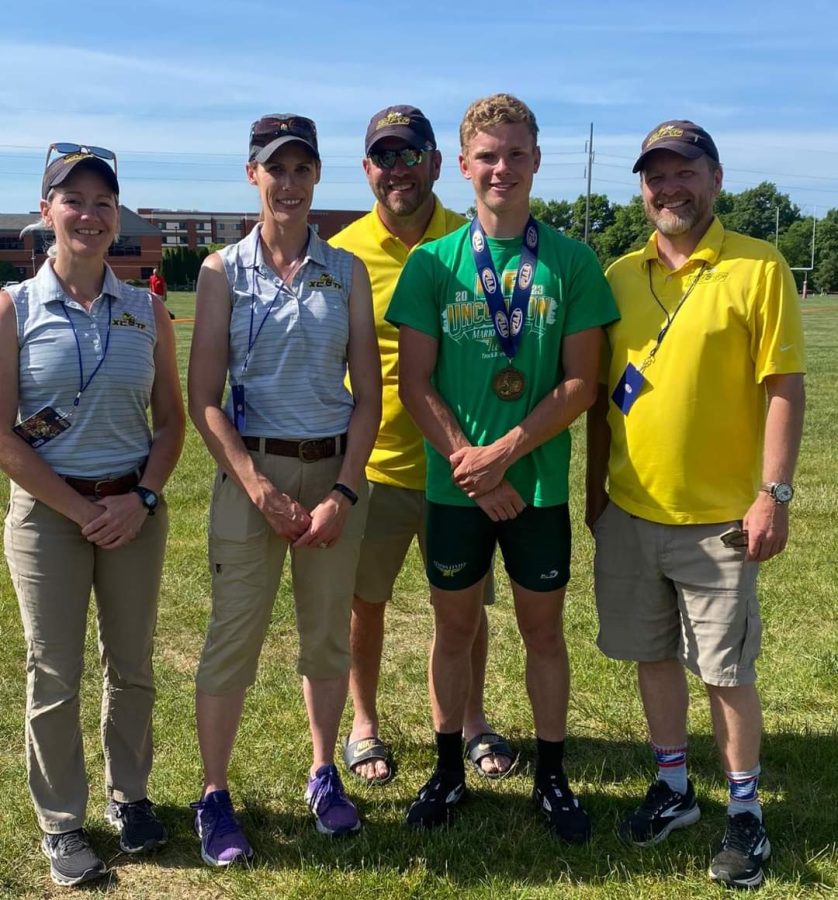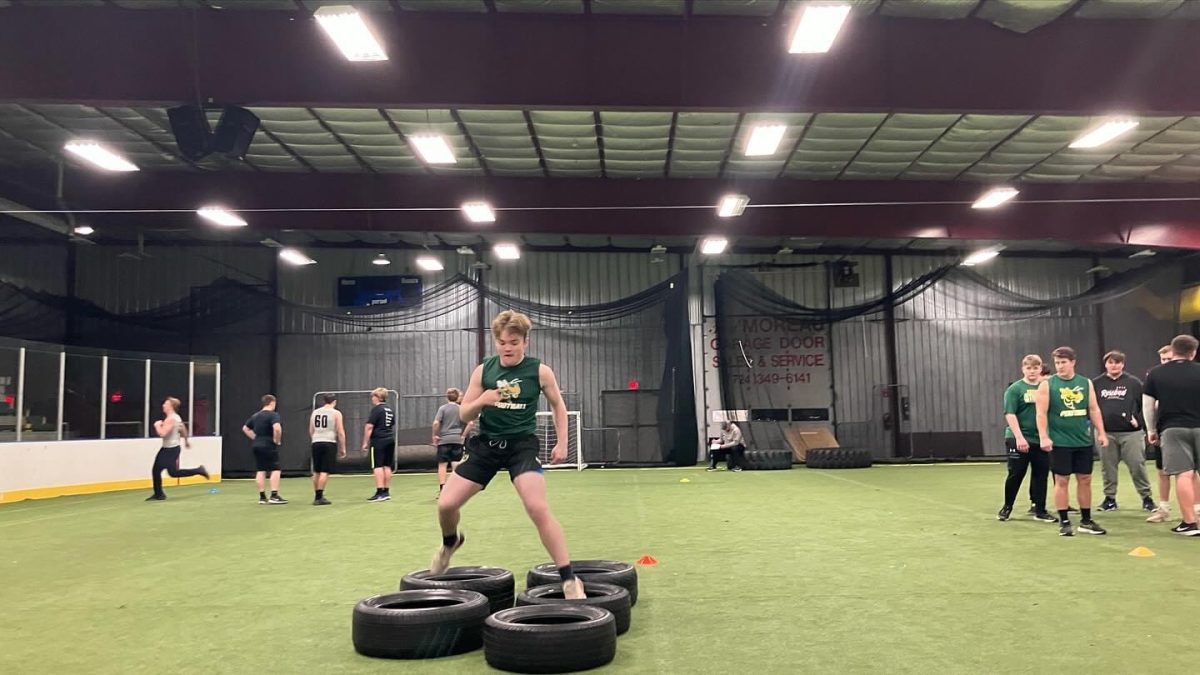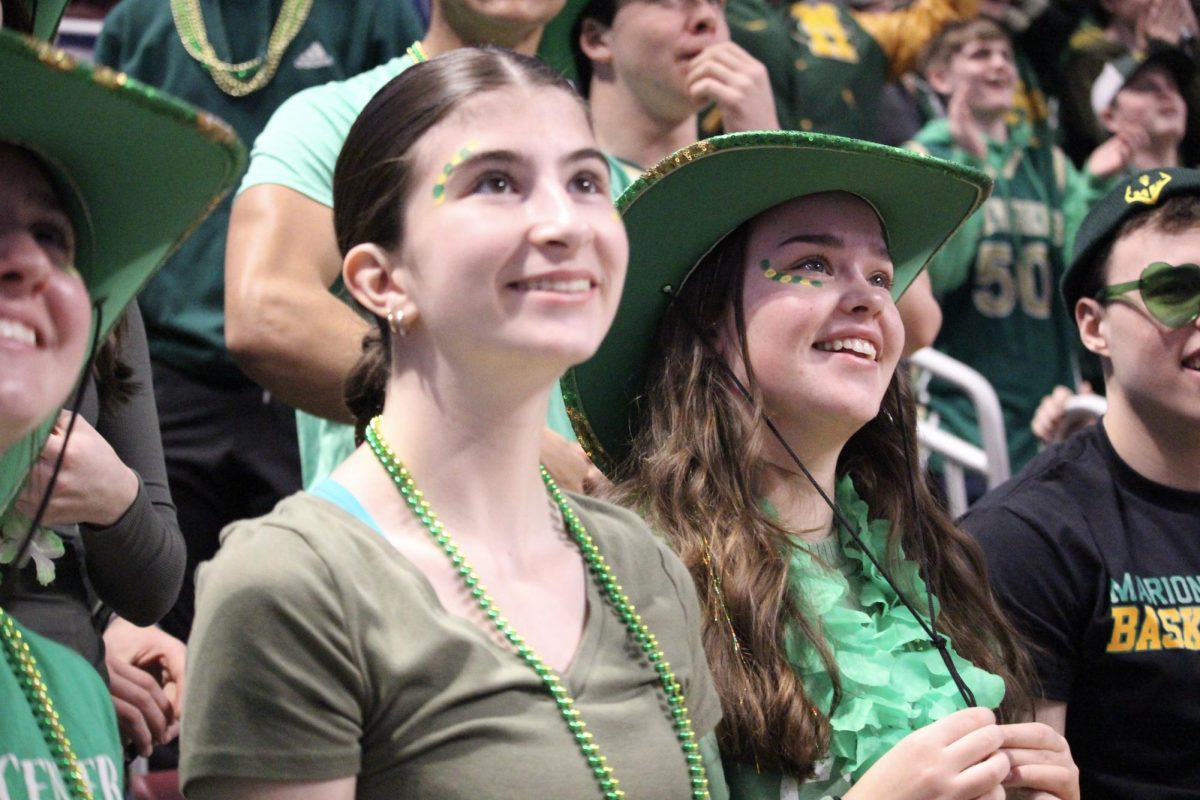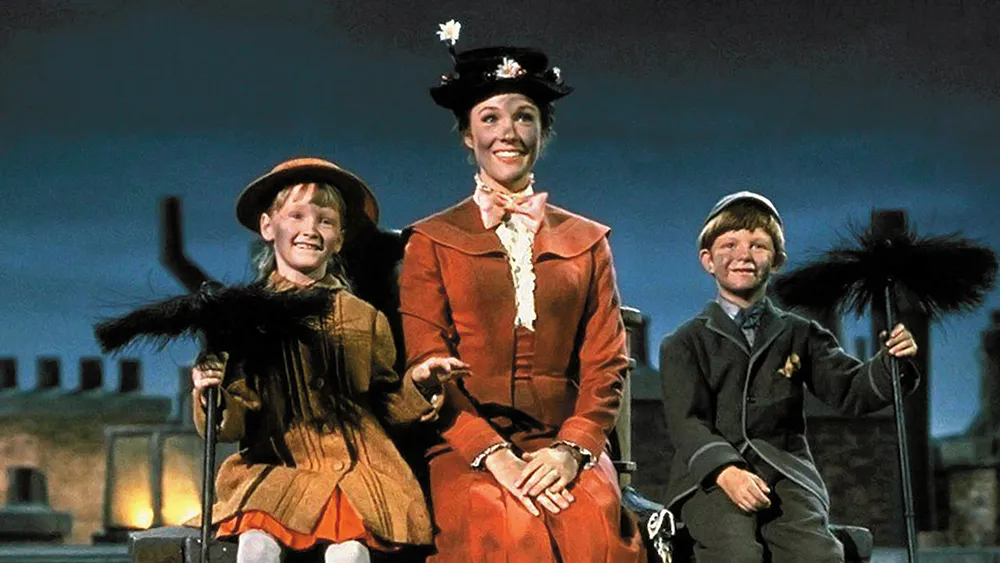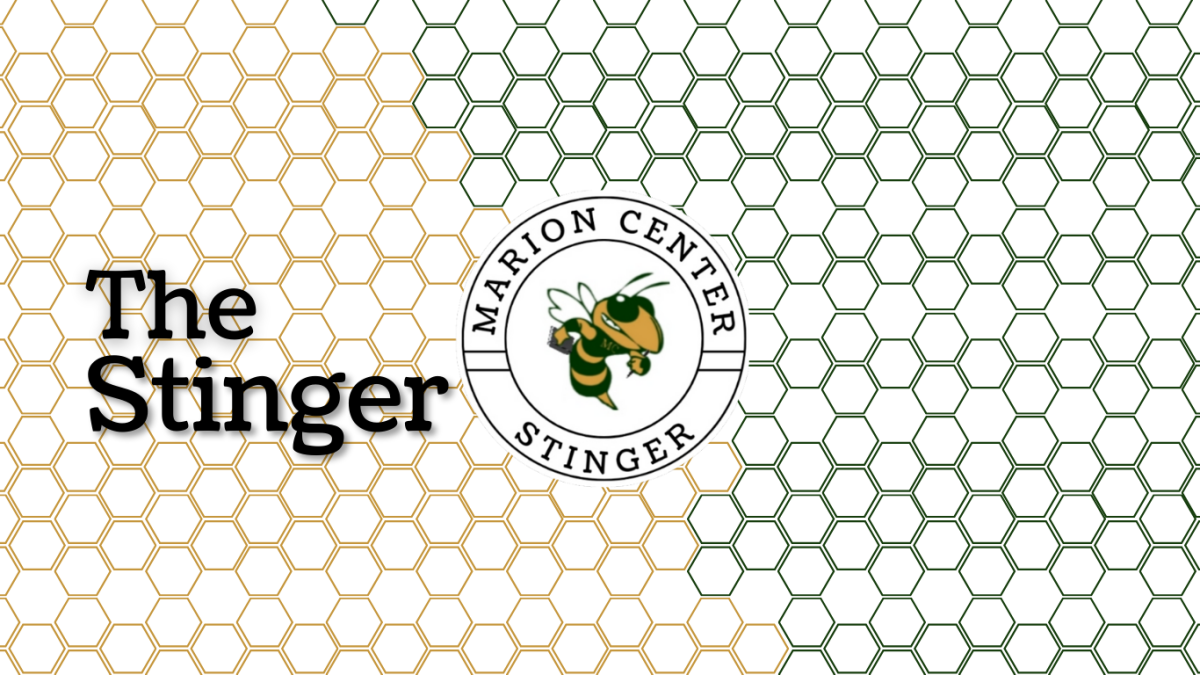Do We Need More Than One Athletic Trainer?
Mackenzie Thomas, Sports and Feature Editor
May 10, 2023
As the importance of student-athletes health has become widely recognized, the need for athletic trainers in high schools has increased significantly. Schools have one athletic trainer on staff at all times; however, this may not be enough to provide proper medical care to all student-athletes. Moreover, with multiple teams playing on different days and times, having one athletic trainer (AT) may result in delayed treatment and care for those who need it urgently.
Here at Marion Center, we have a wonderful AT on staff. Trainer Tyler does a great job of helping everyone he sees get the help they need to recover and handle their sports-related injuries.
Athletic trainers are qualified healthcare professionals who work with athletes to prevent, diagnose, and treat injuries. Their proactive approach to preventing injuries makes them a crucial element in high school sports programs. They not only provide immediate care in case of an injury, but they also offer rehabilitation services and help athletes learn to prevent future injuries.
ATs also work with coaches, players, and parents to identify safety hazards and risks and implement strategies to prevent them. They help student-athletes manage their chronic conditions, such as asthma, and provide education on nutrition and performance.
Nowadays, sports injuries are more frequent and severe than before. Injuries that once resulted in an athlete being sidelined for a few days can now require more extensive medical treatment, resulting in missed games or even seasons. The National Athletic Trainers’ Association (NATA) reports that high school athletes account for approximately 2 million injuries, 500,000 doctor visits, and almost 30,000 hospitalizations each year. It is crucial to provide high-level medical care to student-athletes to prevent severe injuries and enable them to stay fit and healthy.
Having a single athletic trainer may result in significant issues and missed opportunities for injury prevention, diagnosis, and treatment. For example, during a football game, trainer Tyler may be treating an injured player on the sideline and miss another player getting injured on the field. Similarly, if a second team has a game on the same day, there may be no athletic trainer available to look after them. Delays in injury treatment can worsen the injury and result in a longer recovery time for the athlete.
Moreover, some student-athletes may require specialized medical attention, and one athletic trainer may not have the expertise to provide the necessary care. This problem is becoming increasingly significant as the variety of sports offered by high schools increases. For example, a basketball player with a hand injury may require an AT with specific skills in hand rehabilitation.
College and university athletic programs usually have larger sports programs than high schools and may face similar challenges. Still, they often have several ATs on staff to address this concern. Most college athletes compete in the NCAA (National Collegiate Athletic Association), requiring athletic departments to hire and maintain a specific number of ATs for their size and the expenses they generate.
According to the NCAA Sports Medicine Handbook, critical care athletes such as football or ice hockey are recommended to have at least one full-time AT per 30 athletes from that team. In addition to athletic trainers, colleges may employ numerous medical professionals such as orthopedic surgeons, sports medicine physicians, nutritionists, and sports psychologists.
Having multiple ATs on staff benefits the athletes and the sports program. Students can get individualized care, treatment, and rehabilitation. Furthermore, athletic trainers can promote injury and disease prevention, and work with athletes to achieve optimal performance, including physical, emotional, and mental well-being.
It is time for high schools to recognize the importance of athletic trainers and the need to have multiple ATs on staff at all times. As high school sports programs become more competitive, with athletes requiring higher levels of physical fitness and strength, it is essential to provide qualified healthcare professionals to look after them. Adequate staffing will result in better injury management, reduce missed games, and maximize student-athletes potential on and off the field.
Ultimatly, high school sports programs need more than one athletic trainer on staff at all times. The healthcare of student-athletes is critical, and athletic trainers are qualified professionals who can provide proactive care to prevent and promptly address injuries. Colleges and universities provide an excellent model for high schools to follow, with several ATs on staff, along with numerous other medical professionals. It is time for high schools to prioritize athlete safety and well-being and add more athletic trainers to their staff.



